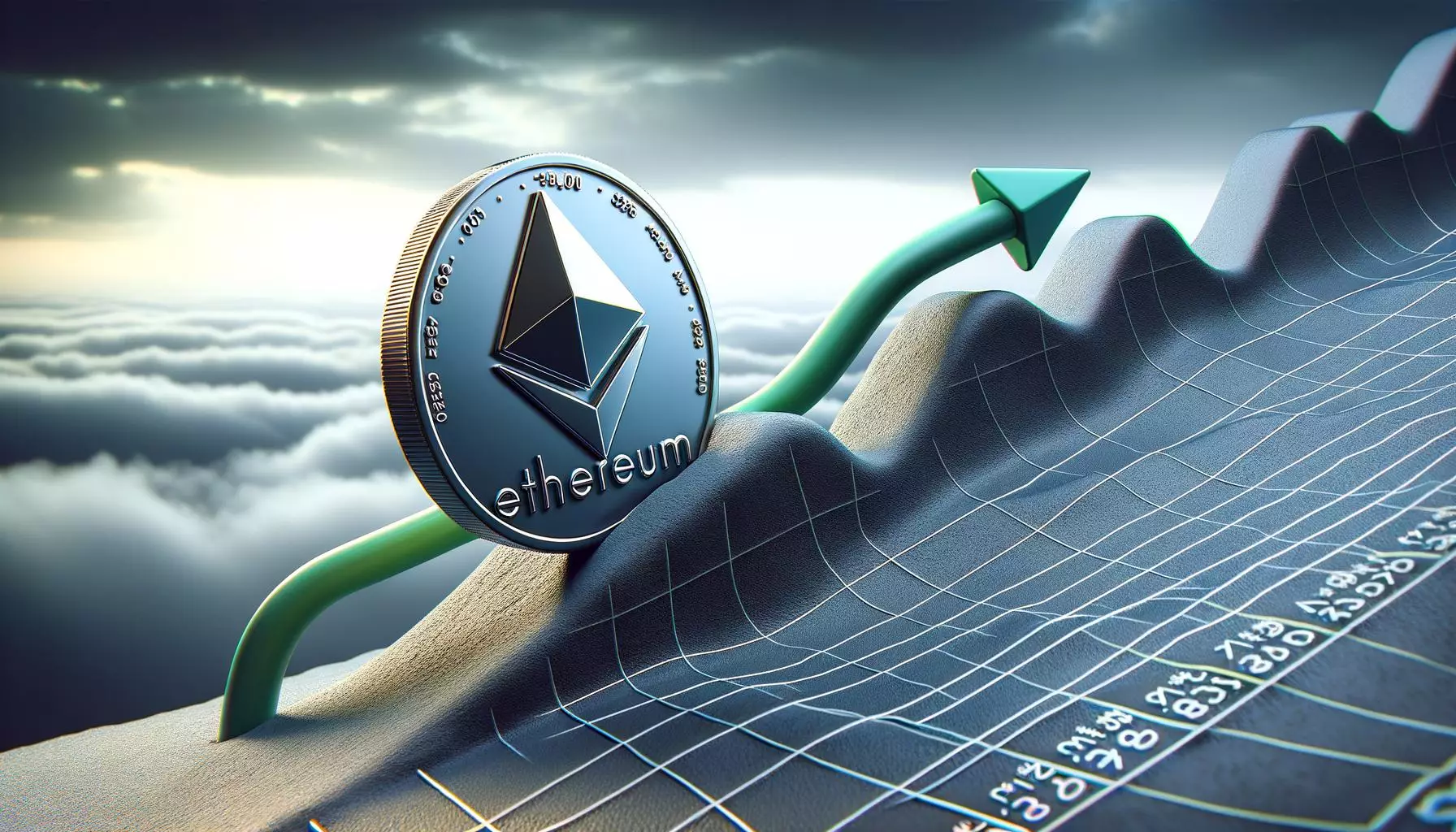The evolving landscape of blockchain technology continues to spark debates among enthusiasts, developers, and investors. At the heart of this discussion are two prominent players in the smart contract arena: Ethereum and Solana. While each has their own merits, Ethereum’s founder of EigenLayer, Sreeram Kannan, recently took to social media to highlight why he believes Ethereum holds a superior position over Solana, despite the lingering challenges of scalability and high gas fees associated with the Ethereum network. In this article, we delve into the intricacies of both platforms, identifying key differences and their implications for the broader blockchain industry.
Ethereum has long been recognized as the trailblazer for smart contracts. Its focus on decentralization and stability sets it apart from newer entrants like Solana, which Kannan argues sacrifices these elements in favor of speed and lower latency. With over $12 billion in assets managed by EigenLayer, a liquidity restaking platform built on Ethereum, it’s evident that there is confidence in the network’s ability to provide reliable services. The ethos of Ethereum revolves around programmability, which allows developers to create a wide variety of decentralized applications (dApps).
Ethereum’s performance has also been bolstered by the growth of rollups, solutions that process transactions off the main chain to improve scalability. As Kannan notes, this approach leads to faster confirmations and enhanced throughput, likening it to the performance benchmarks of traditional web2 applications. Consequently, Ethereum is evolving into a platform that not only anchors its core functionalities in security and decentralization but also embraces innovative solutions to mitigate scalability challenges.
In contrast, Solana has positioned itself as a high-speed blockchain, capitalizing on its ability to process thousands of transactions per second. The platform has gained considerable traction and market share, emerging as the third-largest smart contracts network, trailing only Ethereum and the BNB Chain. However, Kannan raises legitimate concerns regarding Solana’s priorities. By emphasizing low latency and global node synchronization, there are compromises on essential features such as programmability and verifiability.
The recent developments within Solana’s ecosystem, including the ambition to construct a global state machine, may highlight its potential, yet they also illuminate inherent risks. The trade-offs made to prioritize speed could jeopardize the long-term viability of applications built on Solana, a reality Ethereum seeks to avoid through its more cautious and structured approach.
One of the significant factors influencing Ethereum’s success is the proliferation of layer-2 solutions. The Ethereum layer-2 ecosystem is home to over $38 billion in value, with platforms such as Arbitrum and Base taking center stage. While the introduction of these scaling solutions offers respite from high transaction fees, it also raises questions about the strain on Ethereum itself. The ongoing transition to these off-chain solutions indicates a shifting landscape where Ethereum’s native currency, ETH, faces pressures that reflect the complexities of a growing ecosystem.
As Ethereum becomes increasingly inflationary, thanks to the decentralization of transaction activity onto layer-2 platforms, the balance of supply and demand is disrupted. Efforts to mitigate this through potential future upgrades, like Dencun, aim to lower transaction costs, yet the challenges related to tokenomics persist. It’s essential to weigh how these variables will impact investor confidence and application development on the network moving forward.
The Verdict: A Complex Ecosystem
It is clear that both Ethereum and Solana present unique selling points and challenges worth serious consideration. Ethereum appeals broadly to developers seeking a reliable, decentralized framework conducive to long-term growth and innovation. On the other hand, Solana’s rapid transaction capabilities may attract those prioritizing speed and efficiency; however, the compromises inherent in its design could pose risks that deter sustained investment and application development.
Ultimately, the battle between Ethereum and Solana is not merely about rankings; it’s about the philosophies that underpin each ecosystem. While Ethereum champions stability and programmability, Solana’s aggressive approach to speed and transaction throughput may resonate with those looking for immediate results. As the blockchain space continues to evolve, observers must remain aware of these dynamics and their implications for the future of decentralized technology.
















Leave a Reply